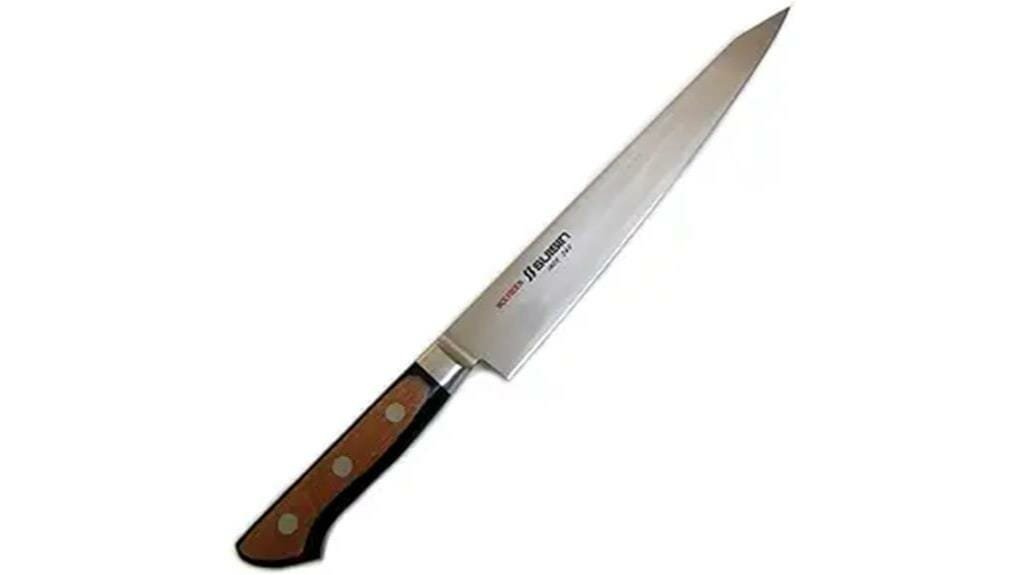Are Boning Knives Sharp?
If you’re looking at purchasing a boning knife for cutting up meat, you might be curious as to how sharp a bone knife is?
A bone knife can be very sharp since it needs to be able to cut through meat layers as well as bone, if a boning knife is not sharp enough then the bone blade will rip meat rather than slice.
We’ve put together a short guide below which will take you through exactly what a boning knife is for, how to use one, what you can use one for, sharpening and what makes a good bone knife.
What Is A Boning Knife?
A bone knife is a razor-sharp knife which is long and thin with a sharp flexible blade tip to cut through fresh bone and meat from the bone.
You will find that a bone knife typically has a wooden handle for safety and is around 5-7 inches long.
What Can I Use A Boning Knife For?
Boning knives are very sharp and long, therefore you need to take care when using one to cut fresh bone to avoid injuring yourself.
Bone knives can be used for a variety of purposes, not just cutting meat from the bone, we’ve listed some other uses down below.
- To cut fruit – The small blade of a boning knife means you can cut delicate fruits and peel them with ease.
- Removing fat and skin – Pork and beef can have high amounts of fat which can be removed with fillet knives or bone knives. The lasting sharpness means you can peel the fat layer off easily.
- Slice bakery goods – Not only can you remove bones from meat with this knife, but also slice goods like cakes! The thin sharp design allows you to cut goods without squashing them.
How To Sharpen A Boning Knife
To sharpen a boning knife you will need a whetstone for the job, we’ve listed the steps to follow down below.
- Step one – Start by soaking your whetstone for around 15 minutes, place the wet stone on a surface where it will not slip.
- Step two – Now angle your knife on the whetstone at around 20 degrees, you can use quarters to help you get the right angle.
- Step three – Make sure to sharpen both sides of your boning knife, and do around thirty strokes on each side of the knife.
- Step four – Rinse the metal powder off then dry.
How To Pick A Good Bone Knife
When picking good quality bone knives, you want to make sure you are considering all the features in your knife.
We’ve listed some important ones to make note of below.
- Design – There are many different kinds of boning knives on the market, from round options to straight and flexible blades. Stiff blades for example tend to be best for thick meats while curved blades are good for fish.
- Handles – Full tang knives tend to have a very comfortable handle, choose one which won’t get damaged easily like wood or stainless steel.
- Material and size – Choose a stainless steel material for your knife and look for a medium-sized blade to allow you to cut a variety of meats.
Bone Knife Vs Fillet Knife?
If you’ve been looking at purchasing or using a bone knife, then you’ve probably come across fillet knives too and wondered what the difference is.
A fillet knife is very thin and flexible, they have an upward curve and can measure up to nine inches, they are more suited to filleting fish, while a boning knife is stronger and can be used for meat.
Final Words
To conclude, a boning knife needs to be razor sharp for cutting meat from bones and even slicing through bones themselves, therefore take care when using one and use a whetstone to keep your knife sharp as possible.
We suggest using a boning knife for thick pieces of meat and a fillet knife for fish.


